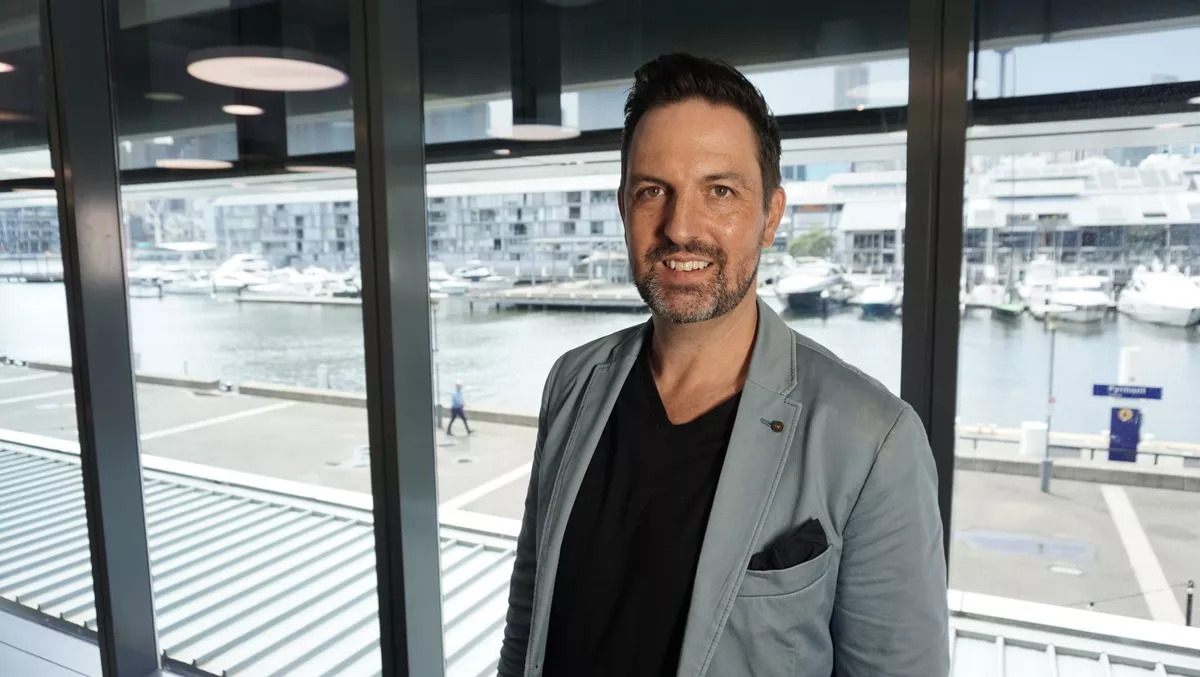It's a question that's been pondered over the decades, shrouded in mystery, rivalling that of the Holy Grail.
How can organisations give customers what they really want?
The question has been increasing in volume over the last two years, not only because it can be challenging to gauge customers' candid and unfiltered desires during periods of isolation but because these expectations are evolving at an unprecedented rate.
In today's experience economy, we're dealing with what Gartner terms the Everything Customer, an individual who operates with a vast and often conflicting set of needs.
The Everything Customer wants equal treatment, but also to be served uniquely. They expect organisations to stay abreast of their unique history and circumstances but bristle at any perceived privacy breaches.
We are also seeing the rise of the Everything Employee, who, in exchange for their loyalty, expects the trust and freedom to set their own schedules but not be disturbed during their downtime. They want formal avenues to propel career development, but for managers to respect their boundaries and not employ surveillance measures.
The bottom line is that we want a lot, and it's more difficult than ever for leaders to deliver on these ambitions.
Organisations need to avoid taking a siloed approach and instead interlink employee (EX), user (UX) and customer (CX) experiences while being cognisant of the multi-experience (MX), which comprises the various devices, apps and touchpoints with which these people interact.
The satisfaction of these groups is contingent on one another, as proven by Gallup research which found that satisfied employees are three times as likely to solve customer issues and problems than those less engaged or motivated.
The intersection between the engagements of these groups, across channels and touchpoints, is called the Total Experience (TX), which challenges leaders to re-think the entire customer, user and employee strategy and build policy, technology capability and innovation frameworks in accordance with their interwoven needs.
The TX might sound like an abstract concept that's hard to apply practically, so I've broken it down into five actionable steps, allowing you to get started on improving experiences for customers and employees today.
Defining what your customers really want
When defining the customer experience, leaders generally start by describing the ideal customer and employee scenario, condensed into a glossy vision statement. But how many of these statements are getting to the root of what customers want, as opposed to how leaders want them to feel?
It can be helpful to observe your own customer experiences and pinpoint values to guide these strategies. For example, if there was a mistake in your online shopping order, would you be more impressed by a brand that trusted you enough to offer an instant response and refund, or by one that directed you to an online form and told you to wait for seven days, pending an investigation? (Yes, this happened to me).
Taking the employee experience to the next level
In 2020, organisations began to properly recognise employees' part in the customer experience journey.
The cross-section of employee and customer experiences is where common pain points are identified and remedied. For instance, both groups crave efficiency. To this end, an Artificial Intelligence (AI) enabled digital sidekick can be employed to assume routine tasks for staff, allowing them to focus on high-level work.
Likewise, customers can engage with chatbots that pull information from multiple data sources and provide intelligent suggestions in real-time.
Monitoring, adding and integrating channels
There is a seemingly endless number of ways customers can contact an organisation, whether via phone call, web chat, a social media app or email. Some leaders get caught in the trap of trying to be everything at once, but it's important to consider whether a channel is useful to your customer base. After all, it's much easier to add a channel than to remove one.
When developing your channel strategy, it can be helpful to determine the ways customers are contacting your organisation, whether they're requesting channels that don't currently exist, and how easy it is for them to get in touch with your employees.
I recently attended an event where a delegate from the logistics industry said 70 per cent of customers were replying to Do Not Reply text messages. It was therefore logical for this organisation to begin responding to these texts.
Optimising the user experience
We have so much data available today to help personalise the user experience. Netflix, for example, uses AI to analyse every frame watched and customises thumbnails based on this information.
For the same movie, a fan of rom-coms is more likely to be shown a still frame of a couple, whereas a lover of action will likely be shown a high-intensity shot.
It's helpful to collate customer feedback and identify two or three focus areas where your organisation can deliver a more personalised experience.
Living and breathing your strategy
A strategy is only as good as its practical application, and this depends entirely on whether each member of your organisation is living and breathing these values at work.
Make sure all of your teams are on the same page with your Total Experience strategy by regularly seeking feedback and input and contrasting customer and employee experiences over time.


